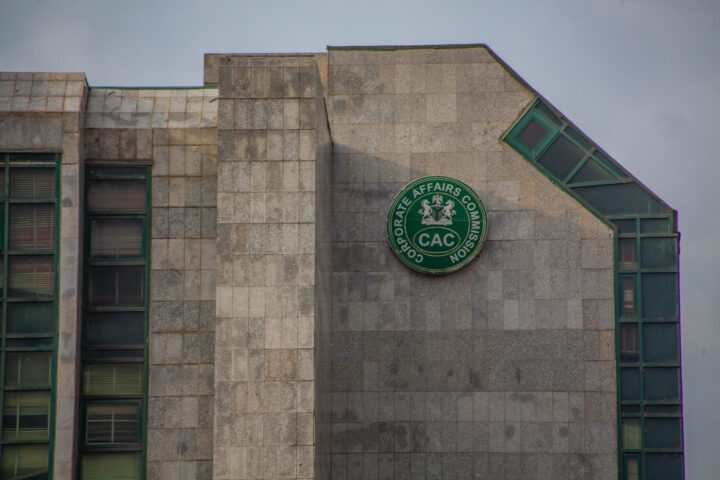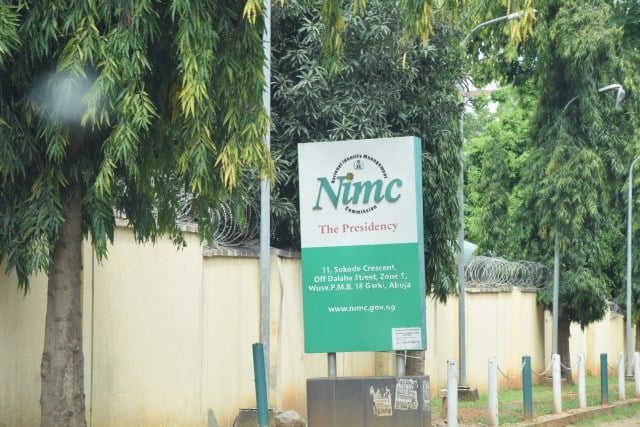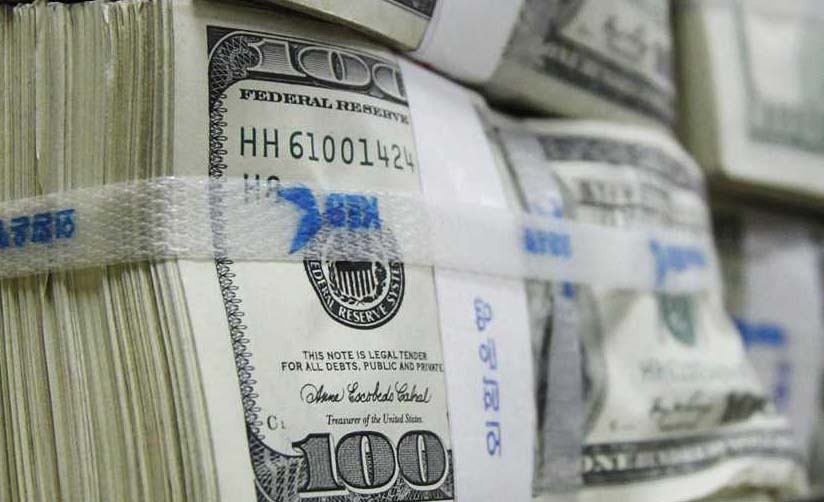SB Morgen (SBM) Intelligence, a geopolitical research firm, says long-standing issues such as conflicts in food-producing regions, climate change, and pest infestations continue to pose significant challenges to food security in West Africa.
SBM, in its latest report, titled, ‘Unbounded Set: Jollof Index Q2 2024’, analysed factors responsible for surging prices of food items.
The index, which is a case study of Nigeria and Ghana, covers major food items used in making a jollof rice; such as rice, curry, thyme, seasoning, groundnut/vegetable oil, turkey/chicken, beef, pepper, tomatoes, salt, and onions.
The research firm said while Nigeria continues to grapple with very high food inflation rates, Ghana showed marginal improvements.
Advertisement
“In Nigeria, the year-on-year food inflation rate increased from 40.53% in April 2024 to 40.87% in June 2024,” the SBM said.
“The month-on-month rate decreased from 5.75% in March to 0.52% in June. However, despite this monthly slowdown, the overall trend in food prices remains concerning and continues to severely impact household access to food.
“This has led to numerous problems, including a typical increase in acute malnutrition cases.
Advertisement
“In contrast, Ghana has improved its food inflation rates over the same period, with the year-on-year rate decreasing from 26.8% in April 2024 to 24% in June 2024. Despite this downward trend, Ghana still faces significant challenges.”
The research firm further said the national average cost of preparing a pot of jollof rice (in 13 markets) significantly rose from N16,955 in March to N20,274 in June, marking an increase of 19.6 percent.
This surge, the company said, was primarily driven by substantial price hikes in key ingredients — particularly tomatoes and peppers.
“Other essential components such as rice, turkey, beef and vegetable oil maintained their already high prices, further contributing to the overall cost increase,” the SBM said.
Advertisement
“The spike in tomato cost has been attributed to seasonal changes and a severe infestation of Tuta absoluta, a major tomato pest.
“Between March and June, the price of ‘Grade A’ tomatoes skyrocketed from N50,000 to N100,000, with similar price hikes recorded for pepper.”
The report also attributed the surge in the cost of tomatoes to the Eid al-Fitr holiday in April, which disrupted the food supply chain.
According to SBM, Nigerians have shown remarkable adaptability in the face of these challenges.
Advertisement
The intelligence firm said Nigerians were forced to experiment with alternative ingredients such as carrot and cucumber stews to replace the traditional tomato-based recipes.
However, SBM said these efforts have been hindered by a concurrent rise in the prices of alternative food items such as garri and beans.
Advertisement
Highlighting the impact of food inflation across the 13 markets in Nigeria, the research showed that the Onitsha market experienced the highest percentage increase at 50 percent.
“The cost of preparing jollof rice rose from N14,900 in March 2024 to N22,350 in June 2024. This substantial increase in Onitsha, previously one of the more affordable markets, underscores the pervasive nature of food inflation affecting all regions,” the company said.
Advertisement
“Awka also saw a significant increase of 33.5%, with prices rising from N15,600 to N20,825.
“Bauchi experienced a sharp rise, with the cost of preparing jollof rice increasing by 33.0%, from N16,970 to N22,570. Similarly, Dugbe Market in Ibadan saw a 30.2% rise, with prices increasing from N15,620 to N20,330.
Advertisement
“Nyanya Market saw prices increase by 24.9%, rising from N17,500 to N21,850.
“On the other hand, Balogun Market in Lagos recorded the lowest percentage increase at 2.3%, with prices rising from N17,300 to N17,700.”
SBM also said the persistent foreign exchange (FX) restrictions on rice imports, the hike in energy costs as well and the “precautionary food retention” by farmers, were also factors that contributed to the food inflation crisis in Nigeria.
‘COST OF MAKING GHANA JOLLOF DECREASED BETWEEN MARCH AND JUNE’
SBM said the cost of preparing a pot of jollof rice across various markets in Ghana from March 2024 to June 2024 fluctuated.
“In March, the price was GHS 408.75. This increased to GHS 439.75 in April and GHS 463.25 in May before experiencing a significant decrease to GHS 322 in June,” the report said.
“The overall trend shows initial inflationary pressures followed by a sharp decline in June. This indicates a significant slowdown in price hikes of most food items across Ghanaian markets relative to May 2024, when prices rose stratospheric.
“The month-on-month analysis reveals a 7.6% increase from March to April, a 5.3% rise from April to May, and a drastic 30.5% decrease from May to June.”
The research firm said the sharp decline in June could be attributed to factors such as improved supply chains, seasonal harvests, or government interventions to reduce food prices as the election approaches.
Add a comment






